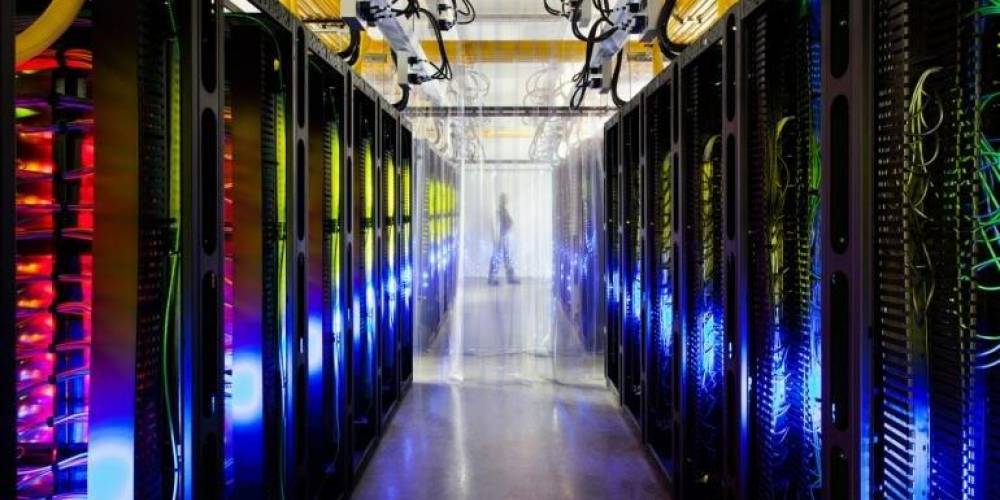
Data centers serve a critical function in both the professional operation (think about the location of your company’s server) and personal needs (think about where you archive and store family photos) of our current digital lives.
The transition to cloud-based services by a vast majority of companies and the need for more and more data storage on the cloud continues to grow year after year. The number of buildings and the power densities in each data center continue to increase on a hyperscale. It is important to properly design electrical distribution and mechanical systems, and critically important to properly design and install the control systems for the environmental systems in the data center.
Environmental control systems are comprised of several components. The large equipment, such as chillers, pumps, air-handling units, and computer room air conditioning (CRAC), are utilized to distribute conditioned air and/or water through the system for cooling. The distribution systems include ductwork and piping to distribute air and water throughout the building. Control systems help to connect the operation of these systems in order to work efficiently together. The HVAC controls react to changes in setpoint and parameters, to adjust for deficiencies, and to provide alerts for events.
The capital expenditure and operational expenditure will vary depending upon the size and level of complexity and configuration of the system, and which type of control system is chosen to meet the data center program requirements.
Typical terminology used to identify control systems includes: building management system (BMS), direct digital controls (DDC), programmable logic controller (PLC), energy management system (EMS), building automation system (BAS), and supervisory control and data acquisition (SCADA). Each of these terms connotes different levels of functionality, but they serve a similar intent, which is basically to properly maintain control of the building’s automated systems. We would typically describe options to our clients as being either a full DDC system, a PLC system, or a combination of both.
DDC systems are frequently used in commercial applications and consist of microprocessors, control wiring, and control/measurement devices (thermostats, damper, valve actuators). The system collects information by monitoring analog and digital I/O signals (temperature, humidity, pressure differential) and develops an output signal to control end devices (actuators and on/off device activation). The output signal can be derived by instructions or control sequences and can be as simple as time of day or by utilizing proportional/integral/derivative (PID) control algorithms. DDC systems can be provided by the equipment manufacturer or can be provided by a separate controls manufacturer.
PLC systems are typically used in industrial applications. In a data center, they are often used to control large central utility plants that provide cooling and power for multiple buildings on a campus. PLC controllers are mostly industrial grade, flexible for programming, and provide increased reliability. PLC systems are typically more expensive than DDC systems.
DDC/PLC hybrid systems are usually recommended for a campus environment where there’s a central utility plant (CUP) serving multiple buildings. The building HVAC systems are typically controlled via a DDC system. The CUP will be controlled via the PLC systems due to the industrial nature of large cooling equipment.
Generally, designers and owners of data centers lean towards DDC systems for noncritical spaces and towards PLC for critical systems. This results in an overall hybrid BMS system. There are benefits and challenges associated with each system, which can include items such as costs, programming flexibility, and reliability of the system distributors.
In summary, there are differences between HVAC systems serving data centers vs. other building types. The biggest differences revolve around meeting reliability requirements, capturing functions and scale/number of input/output points, and ensuring proper server cooling requirements. The net result of implementing these systems is to obtain a properly controlled environmental system that meets the client’s requirements.
